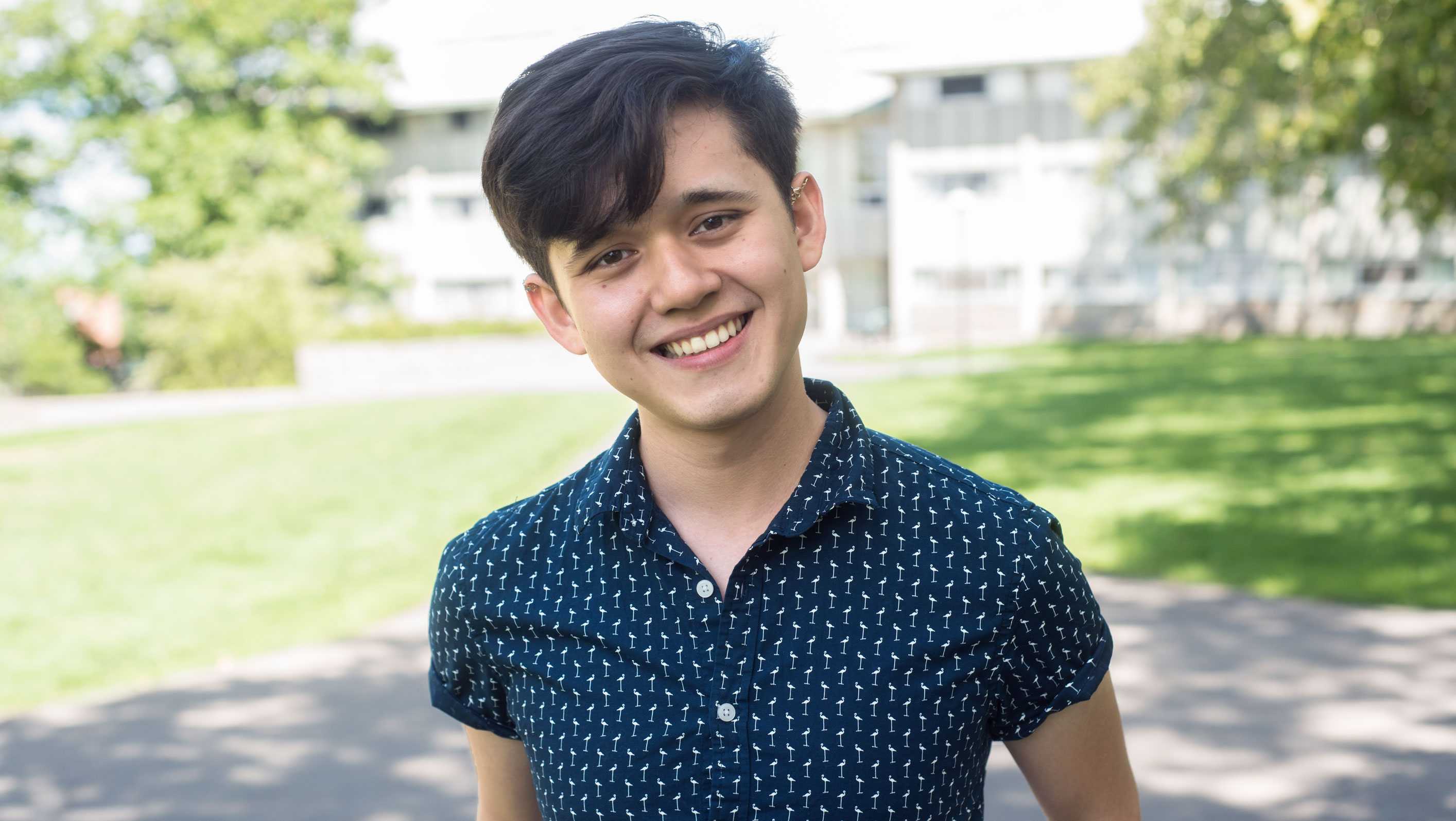Memoir Uncovers One Woman’s Painful Search for Racial IdentityPosted in Articles, Asian Diaspora, Autobiography, Media Archive, United States on 2016-09-09 04:47Z by Steven |
Memoir Uncovers One Woman’s Painful Search for Racial Identity
NBC News
2016-09-08
When award-winning journalist Sil-Lai Abrams finally sat down to write her memoir, she hoped to stick to her 8-month contract. Instead, it took Abrams 3.5 years to dive into the pain of her upbringing and emerge ready to tell her story in full in “Black Lotus: A Woman’s Search for Racial Identity” (Gallery Books/Karen Hunter Publishing, August 2016).
Born to a Chinese immigrant mother and a white American father in Hawaii in 1970, Abrams was raised as a white child. When school children in her Seminole County, Florida hometown would taunt her because of her brown skin and loose curly hair, with “nigger” and “porch monkey,” she took refuge in what her father had taught her: She had such tanned skin because she was born in Hawaii. It didn’t make sense to her, even as a young child, but in a world where Blackness was inferior, she clung to her father’s “Hawaiian” explanation with both hands.
She would be nearly 14 years old before her father would snatch the privilege of whiteness from her fingers. By this time, her mother had abandoned her, her father, and her two fair-skinned, straight haired younger siblings, and Abrams wrestled with self-worth as a result…
Read the entire article here.
